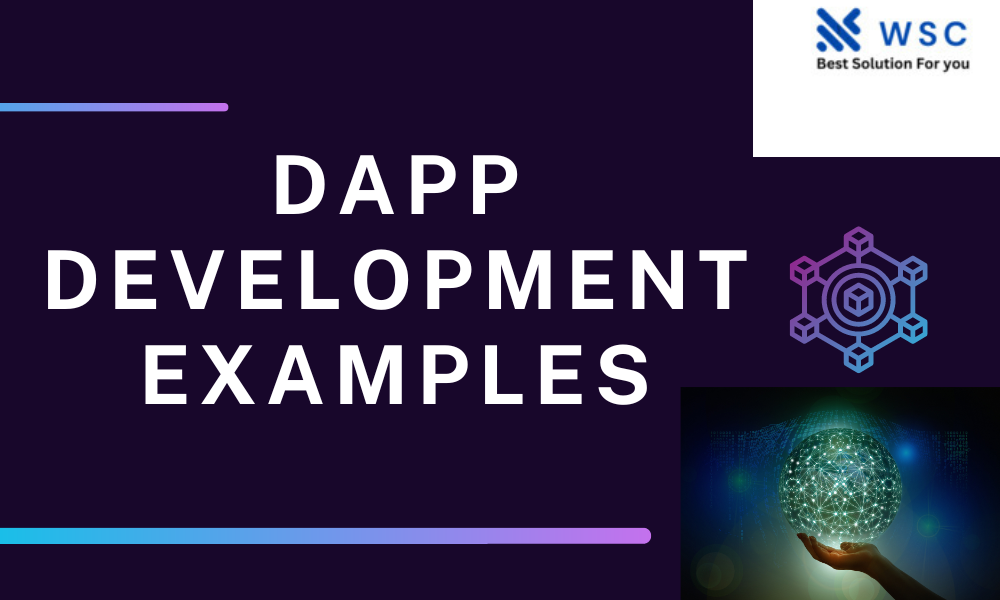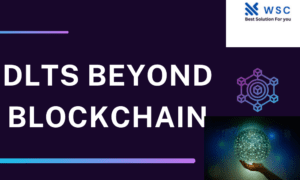In the world of blockchain technology, Decentralized Applications (DApp development examples) have emerged as a revolutionary concept. These apps operate on decentralized networks, offering users greater transparency, security, and control over their data and transactions. If you’re interested in creating or understanding DApps, it’s essential to grasp the design principles and development examples that drive their success.
Understanding the Basics of DApp Design
Designing a DApp involves a unique set of principles compared to traditional apps. Here are some key elements to consider:
- Decentralization: DApps are not controlled by a single entity. Instead, they rely on blockchain technology and smart contracts to operate autonomously.
- Transparency: All transactions and data on a DApp are recorded on the blockchain, ensuring complete transparency and trust.
- Security: Due to their decentralized nature, DApps are inherently more secure against hacking and fraud.
- User Experience: A user-friendly interface is crucial for the success of any application, including DApps. It should be intuitive and easy to navigate.
Examples of Popular DApps
- Uniswap: This decentralized exchange allows users to swap various cryptocurrencies directly from their wallets, without the need for a middleman.
- CryptoKitties: A collectibles game built on the Ethereum blockchain, where players can buy, breed, and trade virtual cats.
- MakerDAO: A decentralized autonomous organization that provides the stablecoin DAI, collateralized by other cryptocurrencies.
- Aave: A decentralized lending platform that allows users to earn interest on their cryptocurrency holdings.
Practicing DApp Development
If you’re eager to dive into DApp development, here’s a simple example of a basic voting DApp development examples:
// Smart contract code
pragma solidity ^0.8.0;
contract Voting {
mapping(address => bool) public hasVoted;
uint public yesVotes;
uint public noVotes;
function vote(bool _choice) public {
require(!hasVoted[msg.sender], "You have already voted.");
if (_choice) {
yesVotes++;
} else {
noVotes++;
}
hasVoted[msg.sender] = true;
}
}
This contract allows users to vote on a simple “yes” or “no” proposition and keeps track of the votes.
Conclusion,
mastering DApp design principles and exploring real-world examples are essential steps in understanding and contributing to the exciting world of decentralized applications. Whether you’re a developer or simply curious about this emerging technology, DApps offer a fascinating glimpse into the future of decentralized, transparent, and secure digital interactions.
Check our tools website Word count
Check our tools website check More tutorial




